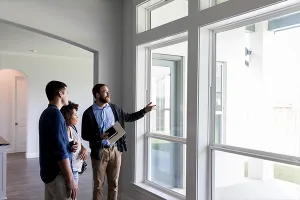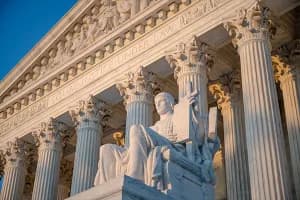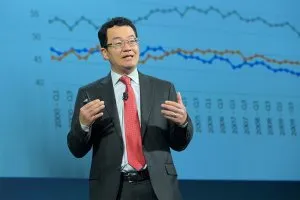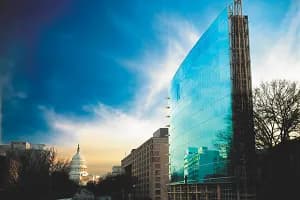The economy is now out of the technically deepest recession in US history as the GDP rose at an annualized rate of 33.1% in the third quarter. The recovery had been expected, given earlier strong indicators on housing, employment, and retail sales.
Fueling this recovery was strong personal consumer spending, which rose 40.7%. Consumers opened their wallets on every type of consumer item, but especially on recreation, food services, and accommodations, as the economic lockdown ended in Q3.
Business investment spending surged on the back of strong residential investment that rose by 59.3%. The housing market has had a spectacular recovery with mortgage rates at 50-year lows, hovering at below 3%. However, commercial investment spending remains depressed, with investment spending down by 14%, as businesses deal with the challenges and uncertainties of working from home on office space, the acceleration of e-commerce, and rent payment risks, as the $600 federal unemployment assistance ended in July. About 27% of renters, or 14.2 million, are worried that they can’t pay rent or will have rent deferred.
The real estate market—which accounts for about 20% of GDP—has been key to this quick V-shaped recovery. With mortgage rates hovering at below 3%, and given the strong showing of the housing market, the market should continue to support the economic recovery.
However, there are headwinds facing the economy in the next six months—the resurgence of COVID-19 infections, the end of the $600 federal unemployment insurance, as well as the expiration of the pandemic unemployment assistance for self-employed or independent workers that ends December 31. About 10 million people are accessing that benefit.








